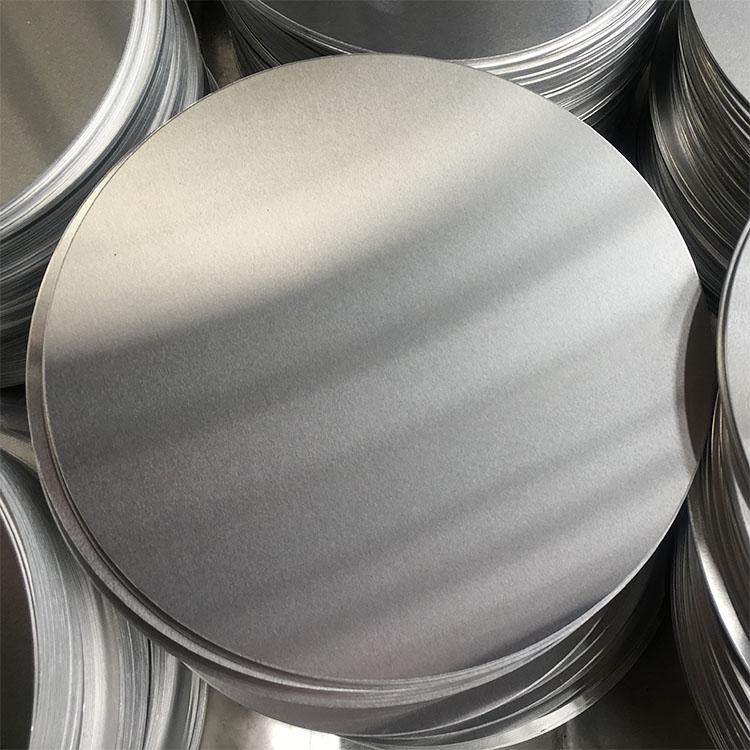The difference between 6061 and 6063 aluminum sheets. It highlights the properties, differences, and applications of both alloys to determine which one is better suited for specific uses.
-
Properties of 6061 Aluminum Sheet:
- High strength, hardness, and toughness.
- Well-balanced hardness and moderate corrosion resistance.
- Excellent heat treatability for strength and hardness improvements.
- Good weldability and acceptable thermal and electrical conductivity.
- Can be further improved with various finishing procedures.
-
Properties of 6063 Aluminum Sheet:
- Similar to 6061 in terms of mechanical characteristics.
- Good strength, hardness, and toughness (slightly lower than 6061).
- Good corrosion resistance and durability.
- Acceptable heat treatability for specific applications.
- Excellent weldability and satisfactory thermal and electrical conductivity.
- Smooth surface finish suitable for decorative applications.
-
Comparison of Physical Properties:
- Density: 6061 - 2.72 g/cm³, 6063 - 2.68 g/cm³
- Melting Point: 6061 - 582-651°C, 6063 - 606-655°C
- Thermal Conductivity: 6061 - 151-202 W/m·K, 6063 - 166-201 W/m·K
- Electrical Conductivity: 6061 - 43-47% IACS, 6063 - 40-44% IACS
- Young's Modulus: 6061 - 68.9 GPa, 6063 - 68.3 GPa
- Tensile Strength: 6061 - 240-310 MPa, 6063 - 130-230 MPa
-
Comparison of Chemical Properties:
- Both alloys have similar compositions, with slight variations in the percentage of elements such as aluminum, magnesium, silicon, iron, copper, zinc, manganese, titanium, and chromium.
-
Comparison of Basic Performance:
- 6061 aluminum offers higher strength, hardness, and toughness compared to 6063.
- Both alloys exhibit good corrosion resistance, with a potential slight advantage for 6061 in harsh environments.
- 6061 is more suitable for significant strength enhancements through heat treatment.
- Both alloys have excellent weldability and similar electrical and thermal conductivity.
- Both alloys offer smooth surface finishes, but 6063 is often preferred for decorative applications.
-
Applications:
- 6061 Aluminum Sheet: Aerospace components, automotive parts, structural components, construction, and architectural projects.
- 6063 Aluminum Sheet: Architectural applications (window and door frames), decorative elements, electrical enclosures, heat sinks, and piping systems.


